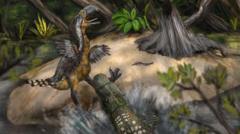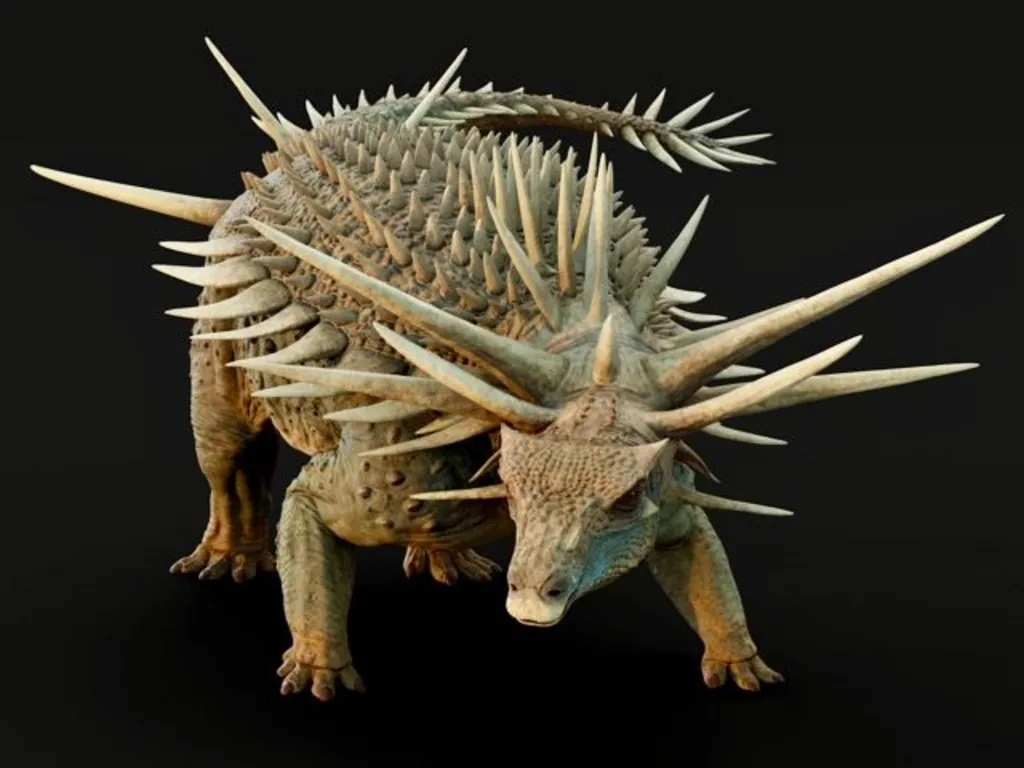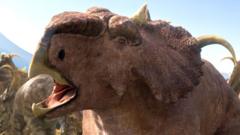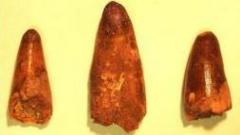Scientists have recently pieced together a remarkable narrative from a fossilized leg bone of an ancient avian predator known as a 'terror bird.' This bone, unearthed over 15 years ago in Colombia's Tatacoa Desert, bears distinct teeth marks that scientists attribute to a massive caiman, shedding light on a fierce confrontation that likely occurred 13 million years ago.
These terror birds, towering at about 2.5 meters tall, were formidable predators with powerful legs and razor-sharp, hooked beaks. Palaeontologists, led by Dr. Andres Link from the Universidad de Los Andes, employed 3D digital scans to carefully analyze the bite marks in the fossil and compare them to the teeth structures of crocodile-like creatures in various museum collections. Their research, published in Biology Letters, provides exceptional evidence of a direct encounter between two major predators of the era.
While the team cannot definitively conclude whether the caiman killed the terror bird during the attack or scavenged its remains afterward, Dr. Link noted the lack of healing signs on the bone suggests the bird did not survive the encounter. "If it wasn't dead at the time, it surely perished in the attack," he explained. This piece of evidence highlights the vulnerability of these apex predators in their ancient ecosystem.
The leg bone in question contains insights into the ecology of the Middle Miocene, a time when the region was lush and swampy, providing a habitat for various species. When paired with the striking tooth impressions from what researchers believe to be Purussaurus neivensis, a large caiman reaching lengths of up to five meters, the findings reveal the complex dynamics of predator-prey relationships during that epoch.
This fossil's discovery stands as a testament to the ongoing collaboration between scientists and local fossil collectors, exemplified by the work done with César Augusto Perdomo, who found the bone initially. As more evidence comes to light, Dr. Link emphasizes how each piece of fossilized material contributes to a broader understanding of the historical life present on Earth millions of years ago. "That’s the wonder of paleontology—how a single bone can enrich our comprehension of ancient life."













